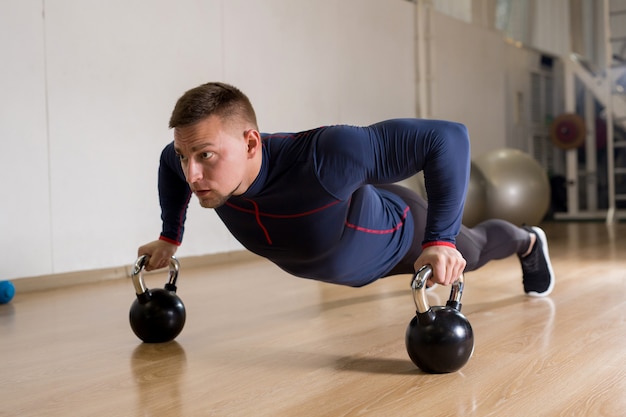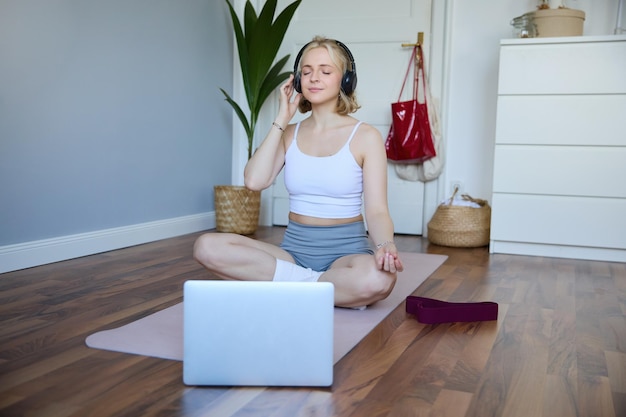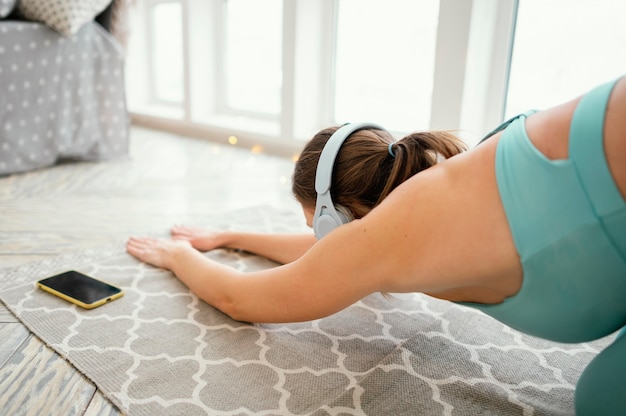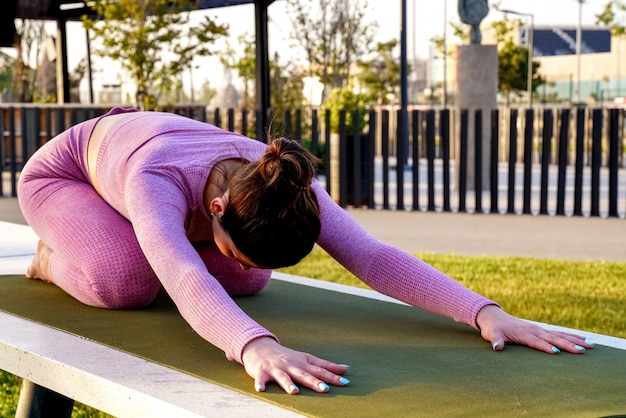25 Low-Impact Flexibility Tips for Hypertension: Stay Safe, Flexible, and in Control
Living with hypertension doesn’t mean giving up on flexibility or physical wellness. In fact, gentle, consistent movement can support cardiovascular health, reduce stress, and improve circulation—key factors in managing high blood pressure. This guide offers 25 low-impact flexibility tips designed specifically for people with hypertension. Each tip prioritizes safety, ease, and sustainability so you can start fast, stay consistent, and measure progress weekly without strain.
Why Flexibility Matters for Hypertension
High blood pressure increases the risk of heart disease and stroke. While medication and diet are essential, physical activity plays a crucial role. Flexibility exercises help reduce arterial stiffness, lower stress hormones like cortisol, and improve blood flow. Unlike high-intensity workouts, low-impact flexibility routines minimize strain on the heart while promoting relaxation and mobility.
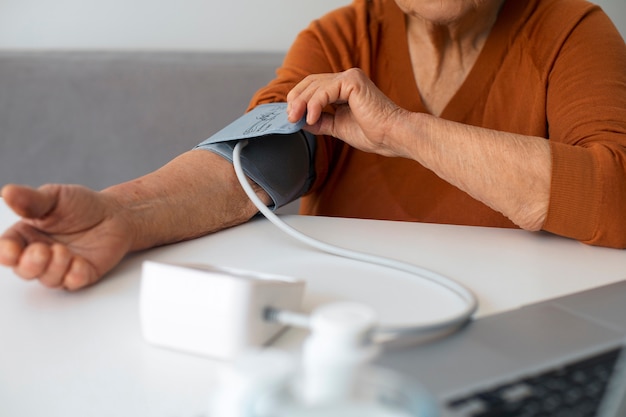
How to Use This Guide
These 25 tips are designed to be simple, safe, and effective. Start with 5–10 minutes daily. Track your progress weekly using a journal or app—note how you feel, your range of motion, and any changes in stress or blood pressure readings. Consistency is more important than intensity.
25 Low-Impact Flexibility Tips for Hypertension
- Start with deep breathing: Inhale for 4 counts, hold for 4, exhale for 6. This calms the nervous system before stretching.
- Warm up gently: March in place or do arm circles for 3–5 minutes to increase blood flow safely.
- Practice seated forward bends: Sit on a chair, extend legs slightly, and reach toward toes. Keep back straight to avoid strain.
- Try neck rolls: Slowly tilt head side to side and forward-back in small motions to release tension.
- Stretch shoulders daily: Clasp hands behind the back gently to open the chest and shoulders.
- Use a wall for balance: Perform standing stretches near a wall to prevent dizziness.
- Try seated spinal twists: Sit tall, place one hand on the opposite knee, and twist gently. Keep hips grounded.
- Incorporate tai chi movements: Slow, flowing motions improve balance and flexibility with minimal impact.
- Stretch hamstrings safely: Use a strap or towel around the foot while lying down to avoid overreaching.
- Focus on posture: Practice standing against a wall to align spine and reduce muscular tension.
- Try ankle circles: Improve circulation and joint mobility by rotating each ankle slowly.
- Practice cat-cow stretches: On hands and knees, alternate arching and rounding the back gently.
- Use a chair for support: Perform stretches while seated to reduce fall risk and joint strain.
- Stretch wrists and fingers: Extend arms and gently pull fingers back to relieve tension from daily activities.
- Try gentle side bends: Stand or sit and reach one arm overhead, leaning slightly to the side.
- Practice diaphragmatic breathing: Lie down, place hand on belly, and breathe deeply to engage the diaphragm.
- Stretch the calves: Use a step or curb to lower heels gently and stretch calf muscles.
- Try supine knee-to-chest stretches: Lie on your back, bring one knee to chest, and hold gently.
- Include wrist and forearm stretches: Useful if you experience stiffness from daily tasks.
<20>Practice mindful stretching: Focus on each movement and breath to enhance relaxation.
<21>Limit hold times: Hold each stretch 15–30 seconds; avoid pushing into pain.
<22>Avoid breath-holding: Never hold your breath during stretches—this can spike blood pressure.
<23>Stretch after medication takes effect: Time sessions when your blood pressure is most stable.
<24>Track flexibility weekly: Note improvements in reach, comfort, or ease of movement.
<25>Consult your care team: Share your routine with your healthcare provider for personalized feedback.
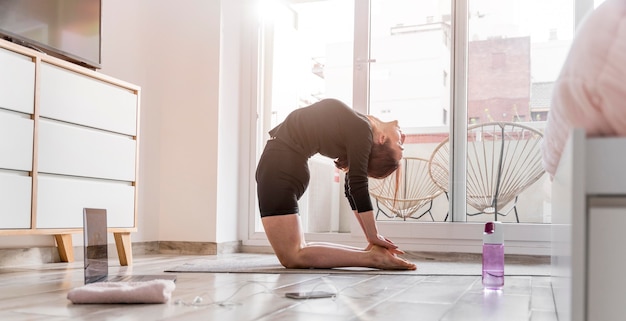
How to Measure Progress Weekly
Use a simple tracking system: rate your flexibility on a scale of 1–10, note any reduction in stiffness, and log how you feel emotionally. Pair this with blood pressure readings taken at the same time each day for trends. Small improvements add up over time.
Safety First: What to Avoid
- Don’t bounce during stretches—this can cause injury.
- Avoid inverted poses like headstands or intense forward folds.
- Stop immediately if you feel dizzy, short of breath, or chest pain.
- Don’t stretch cold muscles—always warm up first.
- Avoid holding your breath or straining.
Final Thoughts
Flexibility is a powerful tool for managing hypertension. With these 25 low-impact tips, you can improve mobility, reduce stress, and support heart health—all without intense workouts. Start small, stay consistent, and celebrate every improvement. Your body will thank you.









